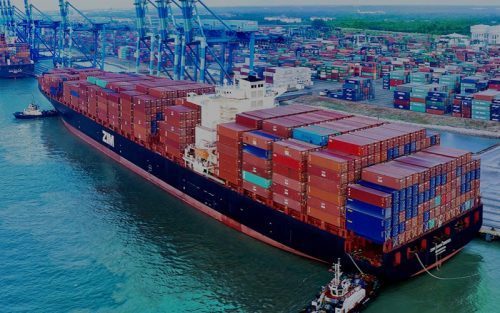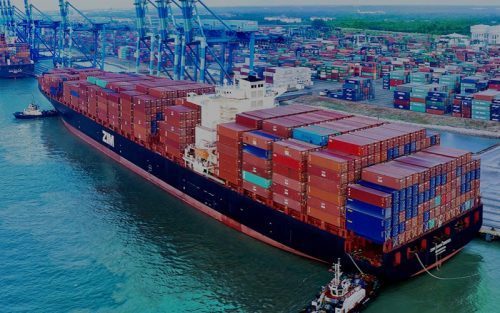The container shipping industry is dynamic and volatile and has been
marked in recent years by instability, characterized by volatility in freight
rates and bunker prices. The instability and volatility in the market,
including significant uncertainties in the global trade, mainly due to USA
related trade restrictions and the recent escalation of the coronavirus
outbreak, continue to affect the market environment.
Confronted with this challenging business environment, ZIM continued to
improve its performance and to expand its global network to its customers.
In September 2018, the Company launched its strategic operational
cooperation with the “2M” Alliance (Maersk and MSC), in several lines between
Asia and the US East-Coast. During 2019 the cooperation was expanded in three
additional trades: Asia – East Mediterranean, Asia – American Pacific Northwest
and the Asia – US Gulf. These cooperation agreements enable ZIM to provide its
customers with improved product portfolio, larger port coverage and better
transit time, while generating cost efficiencies.
Eli Glickman, ZIM President & CEO, said: “2019 has been a
challenging year for the industry which had to cope with the escalation of the
US-China trade war whilst simultaneously getting itself ready for the IMO 2020
new regulation enforcement. Despite those difficult market conditions, we
delivered a strong operational and financial performance with better EBIT
margin contribution than most of our peers. We also accelerated the
deleveraging of our balance sheet.
This clearly indicates that our strategy proves to be fruitful and
effective and we intend to continue the path we initiated. We remain committed
to our vision and values, focusing on providing exceptional service levels to
customers, as reflected in a recent independent survey, ranking ZIM as the best
performing global carrier in 2019 in Schedule Reliability. We continue to
develop and implement lead innovative solutions, and we remain agile and ready
to respond fast to new challenges. I’m convinced that these values will enable
us to overcome the current Corona virus crisis, which we all hope will be
contained soon”.
Financial and Operating Highlights for the
Three Months Ended December 31, 2019
- Total
revenues were $827.3 million compared to $852.6 million in Q4 2018, a 3.0%
decrease - ZIM
carried 698 thousand TEUs, compared to 714 thousand TEUs in Q4 2018, a 2.2%
decrease - The
average freight rate per TEU was $1,017, compared to $1,045 in Q4 2018, a 2.7%
decrease - Adjusted
EBITDA was $115.4 million compared to $49.0 million in Q4 2018 - EBITDA
was $114.7 million compared to $43.6 million in Q4 2018 - Adjusted
EBIT was $47.4 million, compared to $20.8 million in Q4 2018 - EBIT
was $44.6 million, compared to negative EBIT of $22.6 million in Q4 2018 - Adjusted
net profit was $7.6 million, compared to $0.8 million in Q4 2018
Net profit was $1.2 million, compared to net loss of $46.0 million in Q4
2018
Operating cash flow was $89.3 million, compared to $60.4 million in Q4 2018
Financial and Operating Highlights for the
Year Ended December 31, 2019
- Total
revenues were $3,299.8 million compared to $3,247.9 million in 2018, a 1.6%
increase - ZIM
carried 2,821 thousand TEUs compared to 2,914 thousand TEUs in 2018, a 3.2%
decrease - The
average freight rate per TEU was $1,009 compared to $973 in 2018, a 3.7%
increase - Adjusted
EBITDA was $385.9 million compared to $150.7 million in 2018 - EBITDA
was $399.7 million compared to $126.3 million in 2018 - Adjusted
EBIT was $148.9 million compared to $39.1 million in 2018 - EBIT
was $153.0 million compared to negative EBIT of $23.2 million in 2018 - Adjusted
net loss was $3.2 million compared to Adjusted net loss $44.6 million in 2018 - Net
loss was $13.0 million compared to net loss of $119.9 million in 2018 - Operating
cash flow was $370.6 million compared to $225.0 million in 2018
Sea News, March 20



